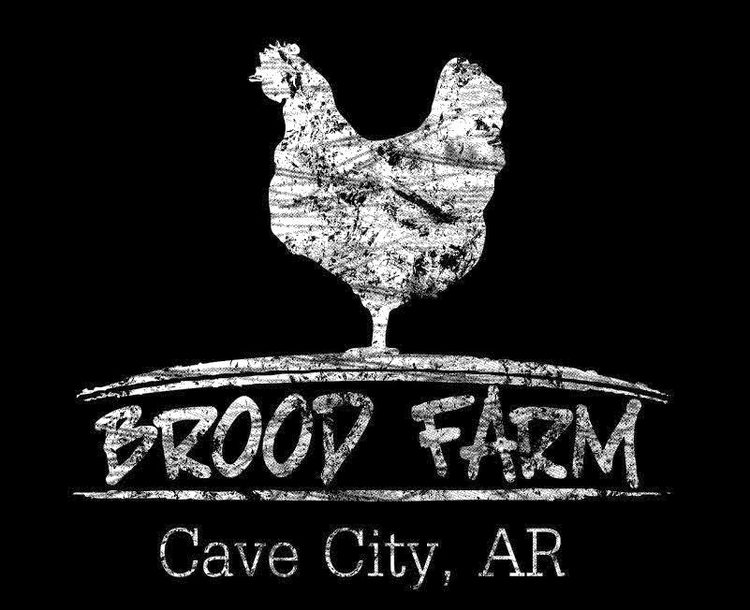I think I really do learn new things everyday here on our little backyard farm. This week, John and I have had a crash course in goat anemia.
First, though, isn't Star getting big? And, so adorable?
Several days ago, I'd noticed that Razz and Honey (our two mommas and milkers) had developed a weirdly large, floppy chin that waggled when they walked. Naively, I just attributed this to the toll that motherhood was taking on their bodies. I mean, when I was nursing a newborn, I had a few body parts that waggled when I walked, too. :) But, when John noticed it, he was alarmed and researched it enough to discover that it was what is commonly referred to as "bottle jaw."
Bottle jaw can be an indicator of anemia, which is an indicator of parasitic worms.
To check a goat for worms, you take a peek at their eyelids. This card shows how a healthy eyelid is bright red/pink. We'd checked our gals shortly after baby delivery and found them worm-free, as our herd has always been. Only 5 weeks later, though, upon discovery of the bottle jaw, we checked again and found that their eyelids were the color pictured all the way to the right on the card. In case you can't make it out, that's a skull and crossbones on the picture. We were in the danger zone!
We immediately dosed them both with some wormer and consulted with our vet. We may have caught the situation just in time. We'll keep a close eye on the girls over the next few days and may have to re-dose on the wormer in about 10 days. The neck swelling should gradually go down.
Worms tend to be a problem when goats are kept in small areas. We usually have our herd out in the field, so this isn't a problem. When we were awaiting the kids' births, though, we moved the mommas in to the smaller backyard field and had them there for awhile. After giving birth, their immune systems were weaker than normal and made them more susceptible to parasite attack. This seems as good an explanation as any for why we have a problem now that has never been a problem in our herd before.
Hopefully, this will clear itself up soon, and our girls will regain their full health. The babies continue to grow and seem unaffected. Their eyelids indicate they are in good health. Skull and crossbones icons, though, are pretty scary, and my Google searches have turned up a lot of results that include the word "fatal"; we may have been dangerously close to that, but I'm hoping that our girls are now on the mend.




